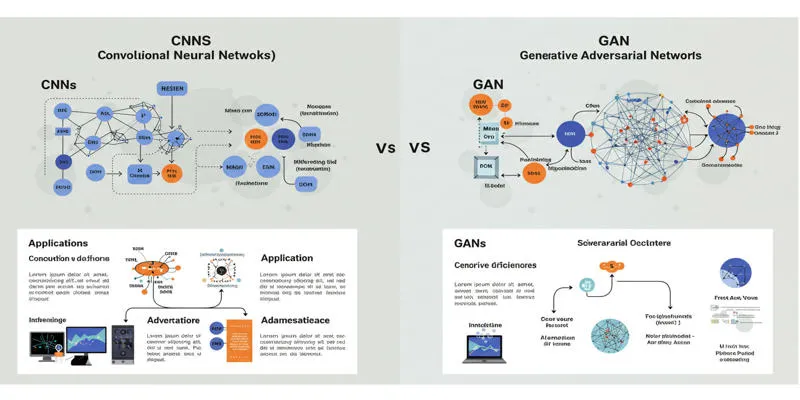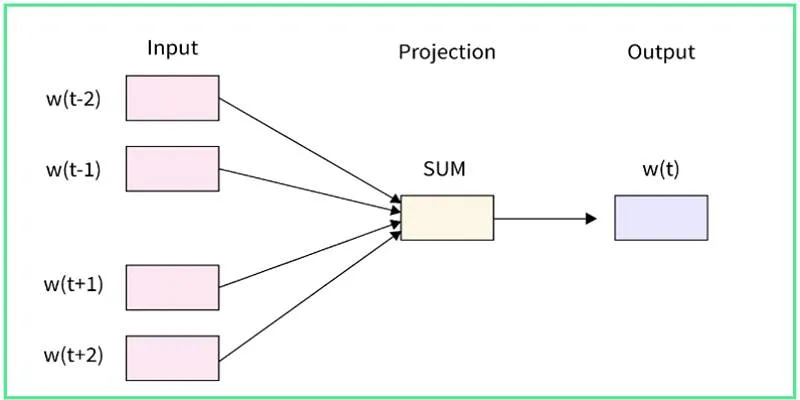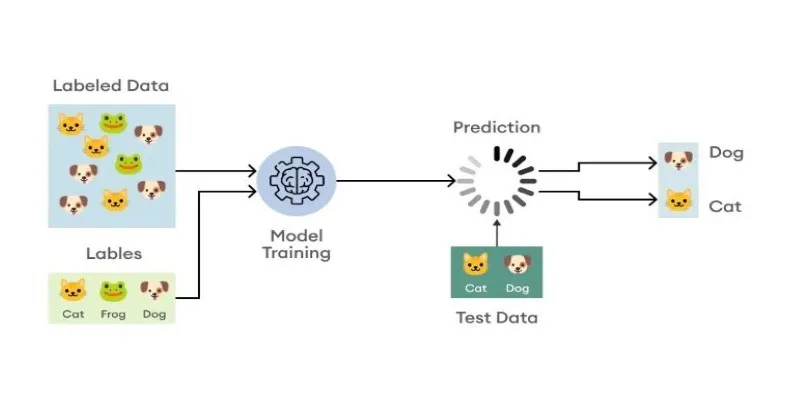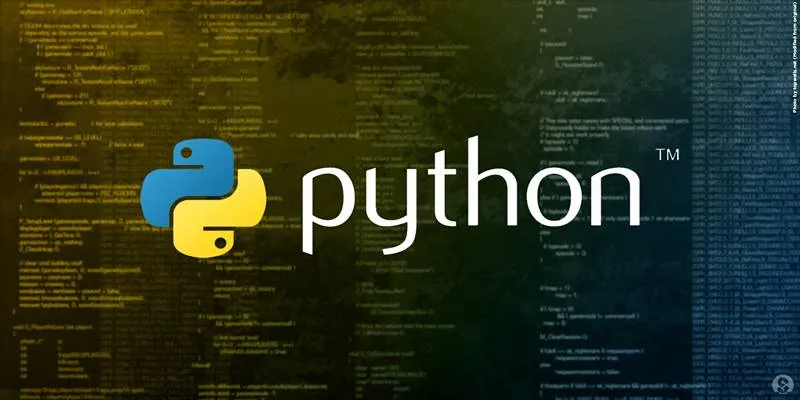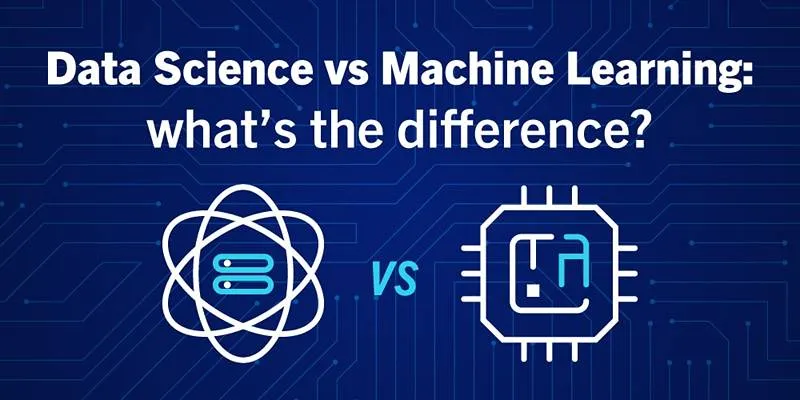Scaling Machine Learning Models: Why Flax is the Future
Machine learning models are evolving in size, complexity, and deployment requirements. Choosing the right framework is crucial. While PyTorch and TensorFlow lead the market, a new wave of tools is redefining how we build neural networks—more efficiently, transparently, and with enhanced performance.
Flax, built on JAX, is a leading framework in this revolution. This guide explores how Flax empowers you to build efficient neural networks, why it’s popular among researchers and engineers, and how you can integrate it into your projects.
What Sets Flax Apart?
Flax is a flexible, high-performance neural network library that leverages JAX’s computational power. Unlike many libraries that trade control for abstraction, Flax offers complete control over your model, its parameters, and its training dynamics—without compromising speed or readability.
Key Features of Flax:
-
Functional Programming Philosophy: Flax treats models as pure functions. Instead of hiding model parameters, you define and pass them explicitly, enhancing reproducibility and debugging.
-
JAX’s Power: JAX provides automatic differentiation, just-in-time compilation, and hardware acceleration. Flax builds on this, delivering a cleaner neural network interface.
-
Clear Separation of Concerns: Model structure is defined separately from parameter initialization and updates. This unique approach promotes efficiency and clarity.
Building Efficient Neural Networks: Why Flax Wins
Efficiency in machine learning encompasses faster training, developer productivity, scalability, and debugging ease. Flax excels in all these areas with its functional approach, streamlined model construction, and robust workflow management tools.
1. Efficient Model Construction
Using Flax’s Linen API, you can define complex architectures like multi-layer perceptrons, convolutional networks, or transformers with modular, reusable code. Flax separates model architecture from data and state, minimizing bugs by making data and parameter flows explicit.
2. High-Performance Training with JAX

Flax leverages JAX’s XLA-based just-in-time (JIT) compilation, significantly speeding up numerical operations. Whether on GPU, TPU, or CPU, models are compiled into efficient machine code optimized for the hardware.
With JAX’s grad, vmap, and pmap transformations, you can:
- Compute gradients cleanly
- Vectorize computations over batches
- Scale across multiple devices with minimal code
This results in faster training cycles and better resource utilization, especially with large datasets or models.
3. Optimizer Flexibility with Optax
Training a neural network involves more than defining a loss function and computing gradients. Optax, a composable gradient transformation library, seamlessly integrates with Flax. Whether using stochastic gradient descent or advanced optimizers like AdamW, Optax offers a clean, functional interface, ensuring traceable and debuggable optimizer states.
A Typical Workflow with Flax
To build a neural network with Flax, follow these steps:
-
Define the Model: Create a class inheriting from nn.Module, outlining input-to-output transformations layer by layer. Use decorators for cleaner code and automatic parameter registration.
-
Initialize Parameters: Unlike traditional frameworks, parameters are initialized using random seeds and dummy input shapes, not stored inside the model.
-
Apply the Model: Run a forward pass by passing inputs and parameters, ensuring pure and deterministic computation.
-
Compute Loss: Use a custom loss function to compare predictions to ground truth. JAX’s built-in tools simplify gradient computation.
-
Update Parameters: Apply gradients using Optax, with external state updates ensuring deliberate and visible changes.
-
Track State Variables: Manage mutable states like running mean with named collections, giving fine-grained control over training step updates.
Saving and Loading Neural Networks

After training your model, save its parameters for future use or deployment. Flax’s serialization utilities convert parameter trees into bytes or dictionaries for local storage, cloud use, or service sharing. With separate model and parameter entities, you can easily experiment with transfer learning or fine-tuning.
Managing State in Real Neural Networks
Efficient neural networks often need internal state management. Flax handles this without losing efficiency:
- Explicit Variables: Defined using self.variable(…)
- Controlled Updates: Decide which variables update during each pass
- No Hidden Behaviors: State changes occur in your control path
Flax is ideal for advanced use cases like reinforcement learning agents, generative models, or any long-lived stateful logic.
Conclusion
In today’s machine learning landscape, control, reproducibility, and performance are essential. Flax thrives in this environment, enabling efficient neural network building in a functional, transparent, and high-performance manner. Whether you’re prototyping or deploying scalable networks, Flax + JAX offers everything you need—without the clutter. Embrace Flax for a smarter AI future, supported by a growing ecosystem and community.
 zfn9
zfn9
